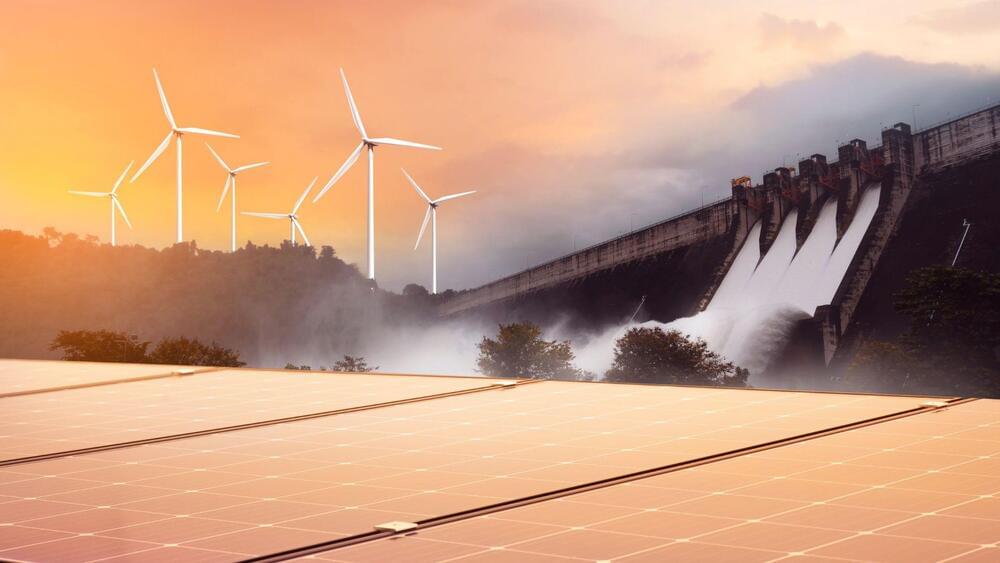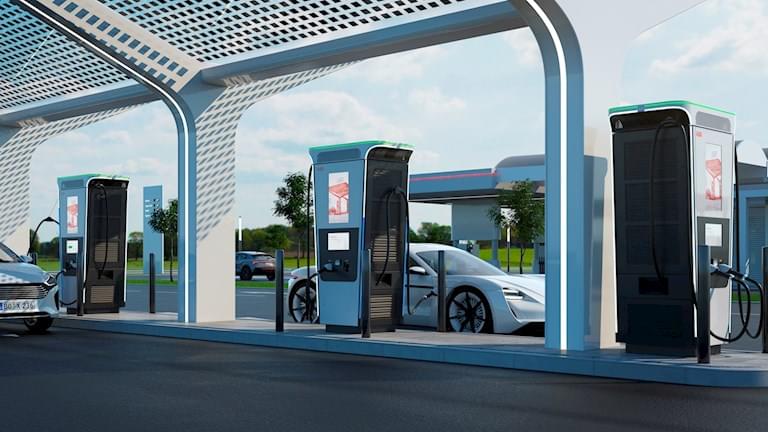Our new series The Future with Hannah Fry explores the science, tech and people on the cusp of the most transformative breakthroughs of our age – from AI to clean energy. Watch the first episode on Bloomberg Originals on Feb. 22.
–
Do you want to know what your future holds? A life beyond 150 years old? A world where computers can read our emotions? A planet transformed by unlimited clean energy? Mathematician Hannah Fry will explore these questions and more in the new series The Future With Hannah Fry, debuting on Bloomberg Originals on Feb. 22.
Watch The Future With Hannah Fry on Wednesdays at 8:30 p.m. ET on Bloomberg.com, the Bloomberg app on your connected TV, Apple TV, Roku, Samsung TV.
——-
Like this video? Subscribe: https://www.youtube.com/Bloomberg?sub_confirmation=1
Become a Quicktake Member for exclusive perks: https://www.youtube.com/bloomberg/join.
Bloomberg Originals offers bold takes for curious minds on today’s biggest topics. Hosted by experts covering stories you haven’t seen and viewpoints you haven’t heard, you’ll discover cinematic, data-led shows that investigate the intersection of business and culture. Exploring every angle of climate change, technology, finance, sports and beyond, Bloomberg Originals is business as you’ve never seen it.
Subscribe for business news, but not as you’ve known it: exclusive interviews, fascinating profiles, data-driven analysis, and the latest in tech innovation from around the world.





